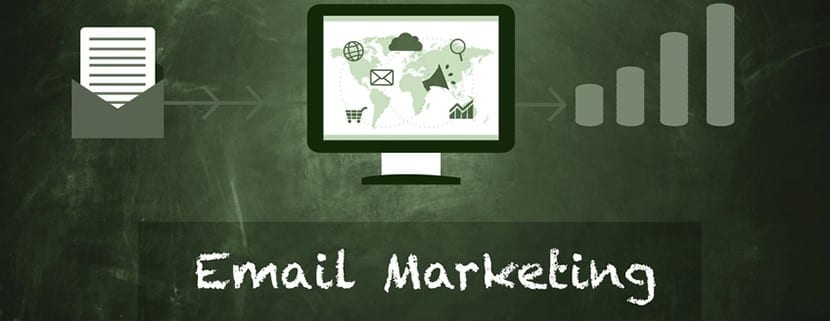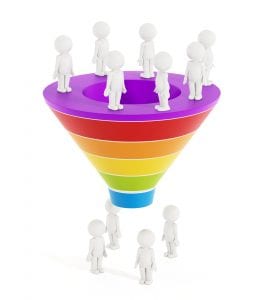
Drip Email Marketing vs. Lead Nurturing Campaigns; When To Use Each
Many marketing tools seem similar and are often mistaken for one another. Two tactics that are often confused are drip email marketing and lead nurturing campaign. It’s true that there are similarities in the way they work. However, they are two distinct tactics that serve different purposes. You should have both in your marketer’s toolbox to use when appropriate, especially with attraction marketing. Let’s learn a bit about each tactic and when they should be used.
Email Drip Marketing
Emails are a huge part of modern marketing. One email marketing option is email drip marketing. Named after drip coffee makers, this marketing tactic sends out emails at specific timed intervals. Time is the only factor used to indicate when an email is sent. Nothing else.
When should you use email drip marketing?
- Educating prospects on all the products and services in your company’s portfolio.
- Keeping your brand in front of your customers while they are contemplating a purchase.
- Announcing new products or services for your business.
- Showcasing best sellers in your portfolio.
A well-crafted drip email campaign can educate and inform your audience. However, done too frequently, or used only to pitch products or services, your audience may perceive these emails as spam.
Lead Nurturing Campaigns
A lead nurturing campaign is not based on timed emails. It is based on the lead’s behavior. When a lead performs a specific behavior, it triggers an email with targeted information to be sent to your audience. These emails are designed to guide the lead through the buying process.
This type of campaign depends on gathered information about the lead’s behavior. Specific behaviors that can trigger an email include:
- Which whitepapers grab the lead’s attention
- How many times they visit a specific page on your website
- Which webinar they attend
- Which of blog post category they spend the most time in
The goal of the emails sent during a lead nurturing campaign is to deliver useful information at critical points in the sales cycle.
A marketing automation system is ideal for lead nurturing. You can build full campaigns within the system that automates almost everything in the process. The power of marketing automation systems is their ability to capture key data. This then triggers the specific emails that nurture leads.
They Complement Each Other Very Well
Drip email campaigns and lead nurturing campaigns, if well designed, will do their jobs well. They both help leads engage with your brand and give leads the information needed to make an informed decision about your products and services.
They are each powerful tools in the marketer’s toolbox on their own, but working together, they are even more powerful. Coordinated campaigns can help close deals faster and keep your brand ahead of the pack.










 2. Increase revenue
2. Increase revenue








